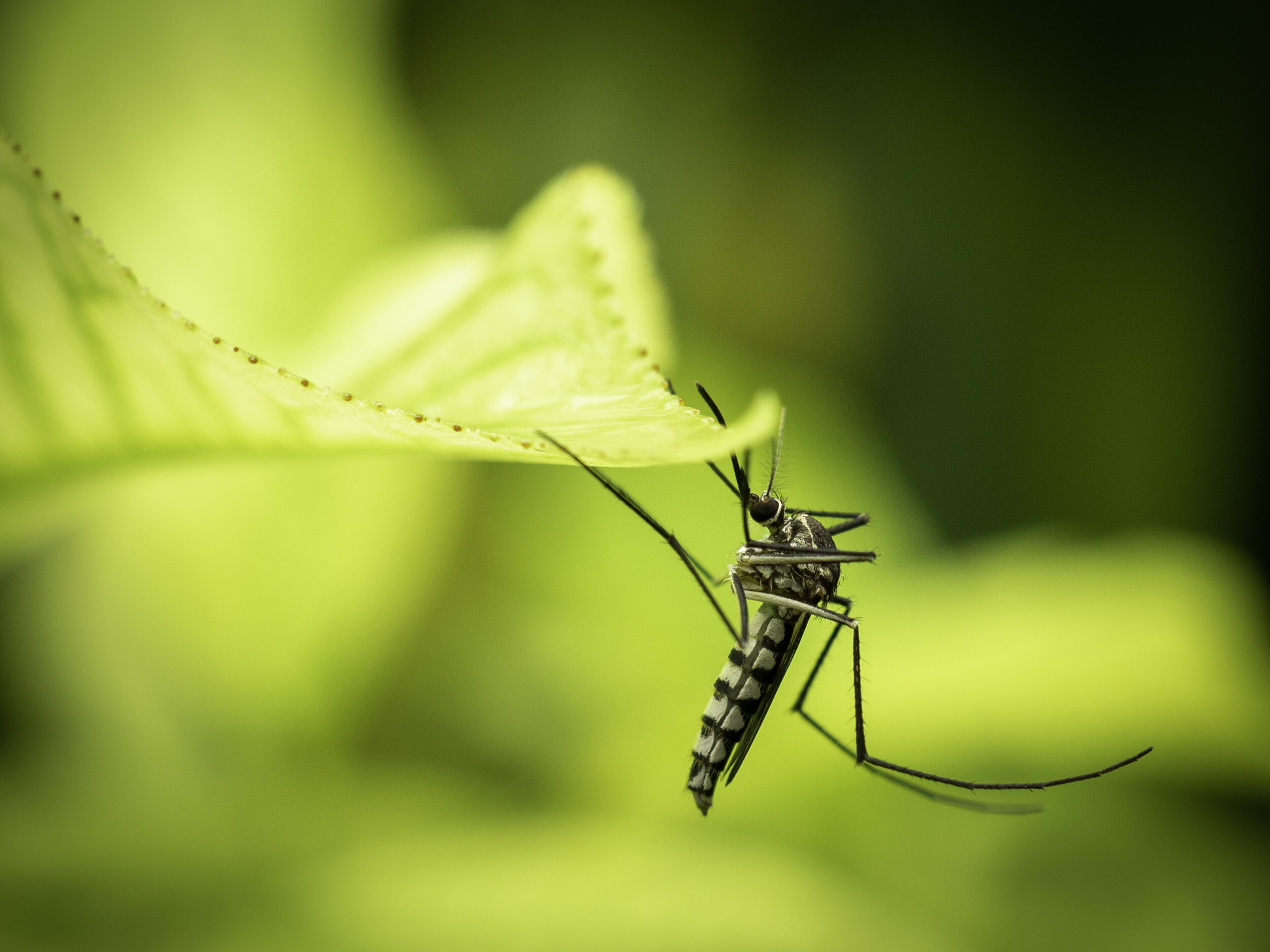
About Gene Drive
Gene drive is a new type of biotechnology that technology developers and others hope will address pressing challenges in global health, conservation and agriculture. In each, gene drive is still in development and no gene drive organism has been tested outside the laboratory.
Gene drive only works in sexually reproducing animals and most research is focused on insects and rodents, in part because they have short life-cycles and scientists are familiar with their genomes.
The most advanced applications are in malaria control, where scientists are modifying the Anopheles mosquito to either stop its ability to pass malaria to humans, or to ‘crash’ the population by ensuring only male mosquitoes are born.
Gene drive is a natural process identified more than 20 years ago. A natural gene drive is ‘selfish’, increasing the chance that a particular gene will be passed on to offspring. A gene drive bypasses Mendelian rules of inheritance and forces a particular gene into all the offspring, and potentially, through a whole species.
The power of gene drives lay dormant until the development of genome editing tools such as CRISPR Cas9. By 2014, scientists were able to use these tools to make changes to an animal’s genome and use the gene drive to ‘force’ this change through the animal’s offspring and eventually through the whole population or species.
In genetically modified animals, most changes in the genome have a 50% chance of being passed onto its offspring, but gene drive increases that likelihood significantly, up to about 90%. Theoretically, scientists could therefore ‘remove’ animals from ecosystems and potentially the planet. The science of gene drive is constantly changing and some research is being done to try to reduce the potential of eradicating a species. But for many people, the attraction of gene drive is precisely its ability to eradicate a species. For example, the Anopheles mosquito causes huge suffering in some African countries. A technology that could eliminate this mosquito and dramatically reduce malaria is very attractive to those who experience malaria.
There are other applications of gene drive animals in development, to address challenges that humans face in conservation and agriculture.
In conservation, scientists are exploring gene drives to eradicate invasive rodents from islands, where rats and mice threaten island ecosystems through preying on endangered species or disrupting habitats. Scientists are also developing gene drives in mosquitoes that are responsible for passing avian malaria to endangered native birds in Hawaii.
In agriculture, scientists are using gene drive in the spotted-wing drosophila (fruit fly) and the diamondback moth. The fruit fly is an agricultural pest that eats small fruits that can result in 80% crop losses. The diamondback moth is an agricultural pest that damages cabbage, broccoli and cauliflower crops and can cost £billions each year.
In our gene drive governance projects, we focus on gene drive applications in global health and conservation.
